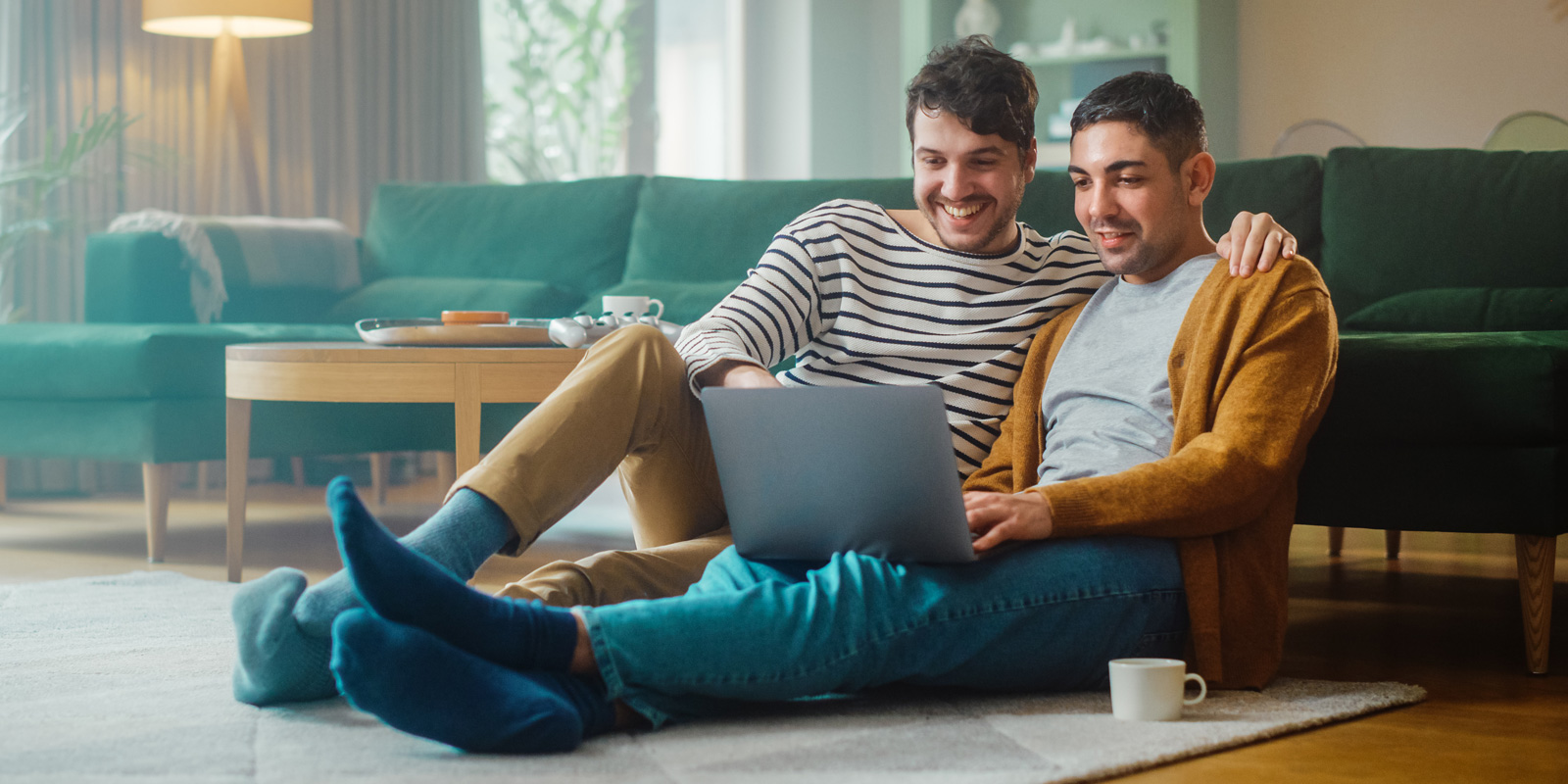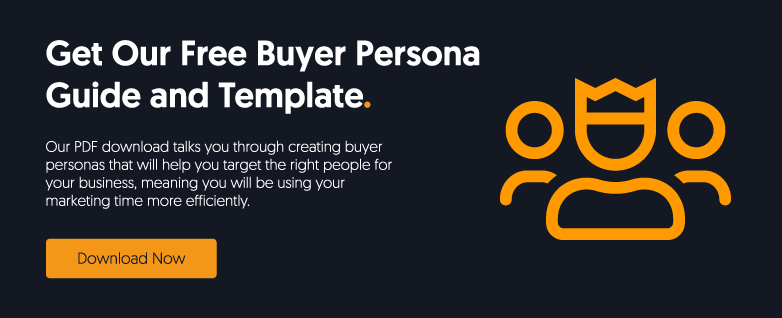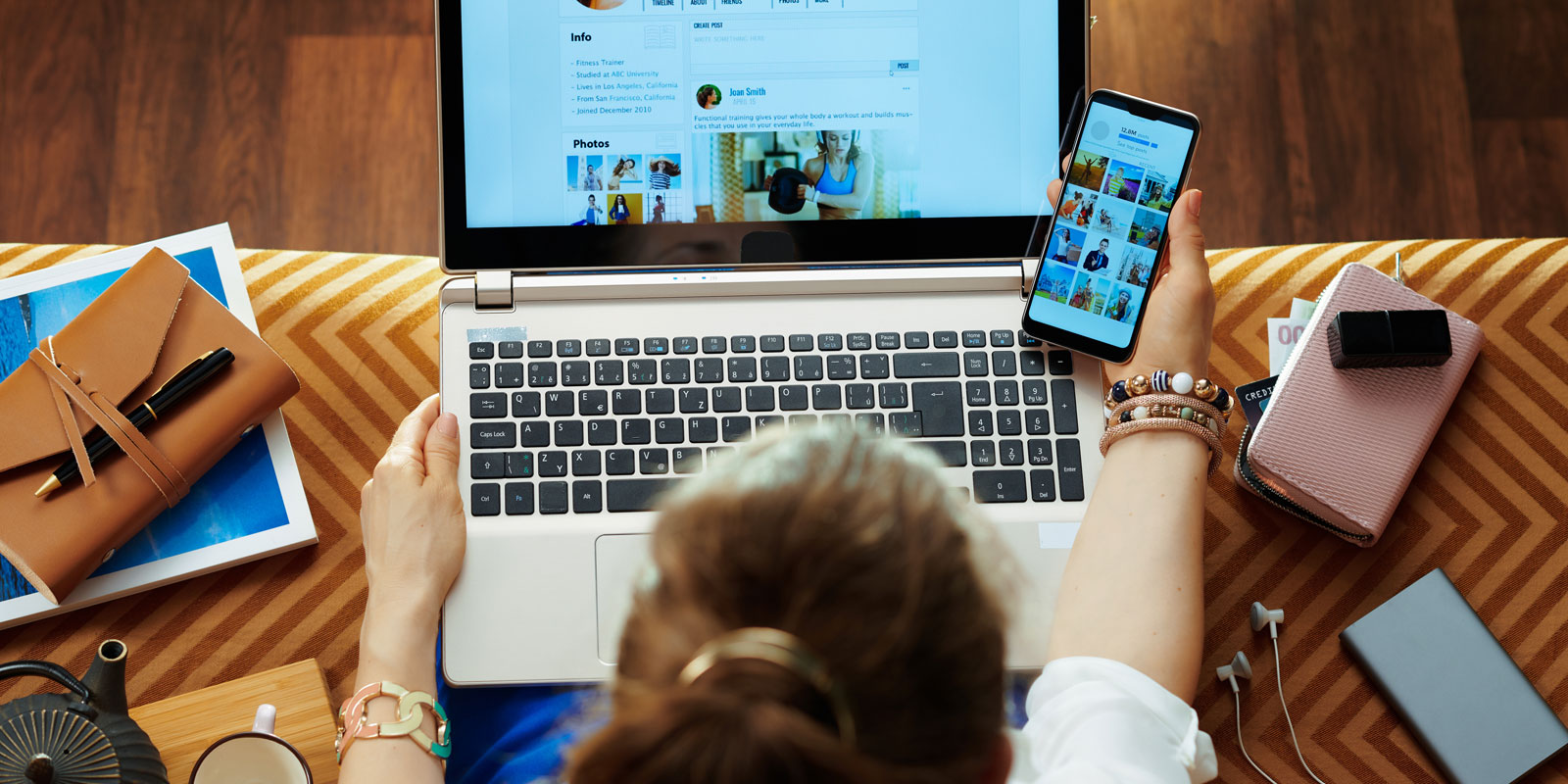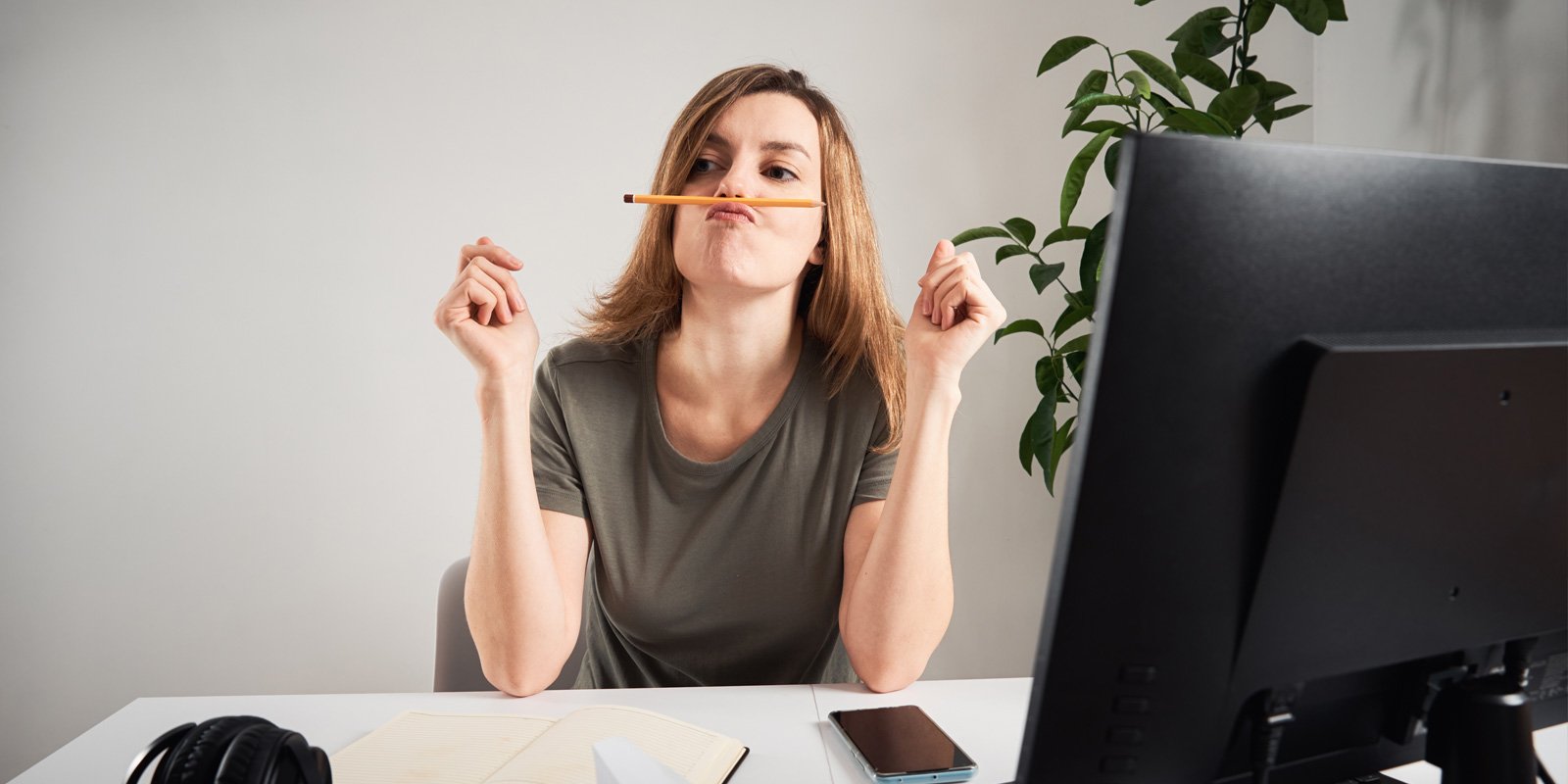Adapt or die... COVID-19 shut our shops, closed our beauty salons and quietened the high streets but the biggest change is ongoing with how consumers' behaviours evolved behind closed doors. E-commerce is huge and only got bigger during the pandemic, a recent Stackla study showed that 67% of consumers admitted to increasing their online purchasing!
Cash became taboo and going out became unsafe whilst interacting with others was a big no-no, so it's no wonder e-commerce with its contactless nature is now the go-to destination for shoppers. So what can marketing teams and business leaders do about it? In this blog, we will mainly look at changes in consumer habits and how to meet their new preferences.
The culture of how we shop accelerated hard because of the pandemic, 35-year-olds and over who have previously been more sceptical about e-commerce started having to adopt it! This eased worries concerning e-commerce among this demographic, which is significant as these consumers generally have more disposable income to spend on services or products. Business owners and marketing managers must now adapt campaigns to target these demographics by tweaking workflows and customer journeys to ensure that online purchases are the end goal.
Interestingly, the gap between the marketing framework needed for the younger demographic and the older one is shrinking. Before March 2020, social media and e-commerce was the primary route of brand discovery and shopping for Millennials and
Gen Z, whilst Baby Boomers and Gen X were still keen on the older mediums but that's changed. This means marketing managers and their teams can use similar frameworks, changing only the content and online channel, backed up by the fact that 72% of consumers said their social media use had increased during the pandemic!
With an increase in social media use, the influencer market has evolved with big accounts now often viewed as less relatable and more salesy, this is due to their (not all) poor use of their product collaboration choices as well as platforms introducing "Ad" or "Sponsored" tags. Micro or nano influencers have become more dependable and relatable, which is great news for brands as their fees are considerably less, whilst their engagement is often considerably better.
This is a huge win/win as you save on your budget as well as reaching your consumers more.
With the surge in online shopping, 70% of Britons now prefer shopping online, demanding your website and social presence is working for you, running an audit of your social channels:-
-
Are your profiles on brand?
-
Is your content resonating?
-
Checking your engagement rate
-
Reviewing your customer journey and buyer persona
-
Evaluating your websites' user experience
These are all key activities to ensure your brand is in a position to attract and engage your customers!
We are all consumers of something so we know the mindset has changed, especially when it comes to certain 'necessities' which we have realised are actually luxuries, this shift is the result of 3 potential reasons:
-
Income loss
-
Lack of a buying experience
-
Safety concerns due to COVID-19
The good news is these are mitigated by the pandemic, with places reopening and vaccination numbers rising, the loss of income and the majority of safety concerns have subsided but the adoption of online living, purchasing and social aren't going anywhere.
This means brands have two choices - shift more online or tempt people back offline.
Shift to online
Shifting your ways of working to include a digital option means you widen your opportunity. This could be done by incorporating an online booking system for restaurants, hairdressers, dentists etc. and by adapting your value delivery - a great example of this is a company called The Little Gin and Rum Company, who set up their horsebox bar at events, but with weddings, parties and other events cancelled due to COVID-19 the owners cleverly innovated to introduce a virtual tasting experience! This allows consumers to order a tasting box and then attend a hosted tasting session and what a hit it was, so much so that they expanded virtual options! This year, 44% of brands plan to offer free samples or gifts with an online purchase, this is working so adopting it for your brand is a perfect strategy for online marketing.
The growth of social shopping capabilities has made it easier for brands to host and market their products online! Connecting your brand community with a storefront makes for a seamless buyers journey, this is another massive tick in aiding consumers' experience!
Tempt people back offline
Some brands require that in-person transaction, the big opportunity to entice consumers back to the high street is to make buying an experience, one that online simply can't offer! It is a battle because 56% of people said they were avoiding high street settings completely in an attempt to elude infection but this is where smart marketing steps in, two messages in your campaigns are key - safety and connection!
Human connection is a basic species desire and with numerous lockdowns alongside prolonged restrictions it is something consumers have been deprived of, making for an ideal tool for brands. In-store tasting stands, product demos and genuine customer experience interactions will hit home more than ever and pairing this with clear guidelines of COVID safety measures you, as a business will reassure people of their place in your store. For you, there is a fantastic by-product of this connective, safe approach and that is consumer relationship building and we all know how important that is!
How can your business add a connective, safe experience to your consumers' journey with you?
Wrapping up
With less outgoing costs such as no meals out, commutes to work removed and the regular weekend pub trip barred prudent people have managed to save more than first feared, couple this with a feeling of freedom as restrictions ease means businesses must be ready for an influx in spending and opportunity.
It is clear that consumers are more willing to risk trying new brands and distributers now as they navigate the e-commerce space, which makes marketing and branding pivotal to building solid and trustworthy relationships.
The opportunity is huge for business owners and marketing departments brave enough to adapt their style to fit the 'next normal', so take a leap because your consumers have.





